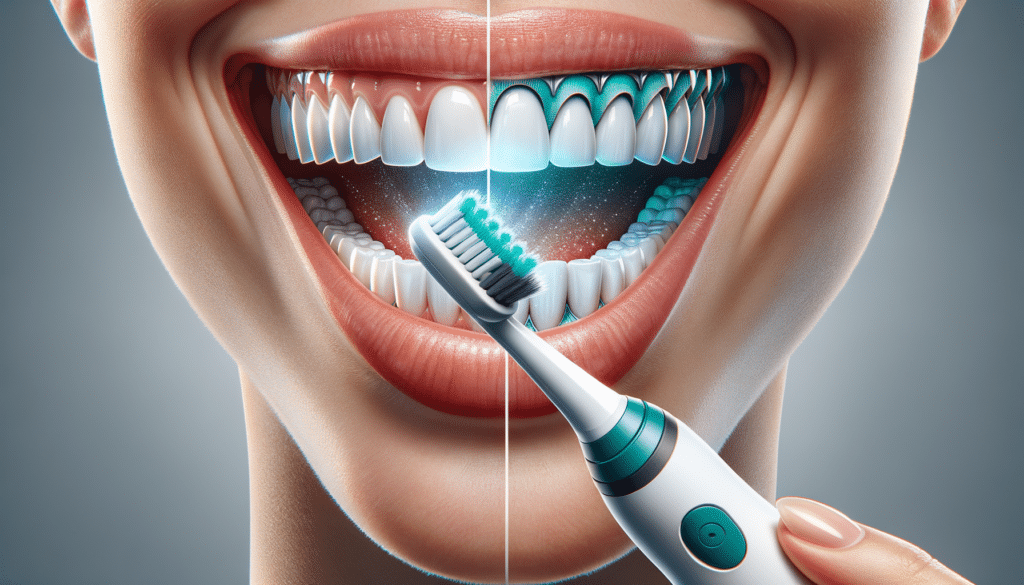How to Use an Electric Toothbrush Properly
Using an electric toothbrush correctly is crucial to maximizing its benefits. Start by wetting the bristles and applying a pea-sized amount of toothpaste. Place the toothbrush head against your teeth at a 45-degree angle to the gum line. Turn on the toothbrush and let it glide over your teeth, allowing the bristles to do the work. Avoid scrubbing back and forth, as this can be harsh on your gums and enamel. Instead, hold the brush gently and guide it slowly across each quadrant of your mouth.
Most electric toothbrushes come with a built-in timer, often set for two minutes, which is the recommended brushing time. Divide your mouth into four sections, spending 30 seconds on each. Some models even pause briefly to signal when it’s time to move to the next section. This feature ensures comprehensive cleaning and helps develop a consistent brushing routine.
Be mindful of the pressure applied while brushing. Many electric toothbrushes have pressure sensors that alert you if you’re pressing too hard, which can cause gum recession and enamel wear. By following these steps, you’ll effectively remove plaque and maintain optimal oral hygiene.
Can an Electric Toothbrush Whiten Teeth?
While an electric toothbrush is not a substitute for professional whitening treatments, it can contribute to a brighter smile. The oscillating and rotating motions of electric toothbrushes are more effective at removing surface stains from coffee, tea, and tobacco compared to manual brushing. This action helps prevent discoloration and maintains the natural whiteness of your teeth.
Some electric toothbrushes come with specialized whitening modes or brush heads designed to enhance stain removal. These features can be beneficial for those looking to brighten their teeth without resorting to chemical treatments. However, it’s important to manage expectations, as these brushes primarily focus on surface stains and do not change the natural color of your teeth.
For individuals seeking noticeable whitening results, combining the use of an electric toothbrush with whitening toothpaste can be effective. Regular dental cleanings and consultations with your dentist can also provide guidance on achieving and maintaining a whiter smile.
Do Electric Toothbrushes Help Gingivitis?
Electric toothbrushes can be a valuable tool in combating gingivitis. Their ability to deliver consistent, gentle brushing motions helps reduce plaque buildup, a primary cause of gum inflammation. Studies have shown that electric toothbrushes are more effective at reducing plaque and gingivitis compared to manual brushes.
Features such as timers and pressure sensors ensure that users brush for the recommended duration and with appropriate force, reducing the risk of gum damage. Some models also offer gum care modes that provide a gentle massage to the gums, promoting circulation and overall gum health.
For those with gingivitis, it’s crucial to maintain a regular brushing routine and visit the dentist for professional cleanings. An electric toothbrush, when used correctly, can be an excellent addition to your oral care regimen, helping to manage and prevent gingivitis effectively.


